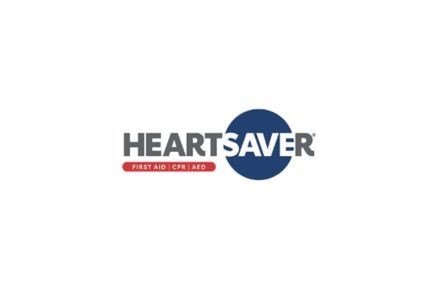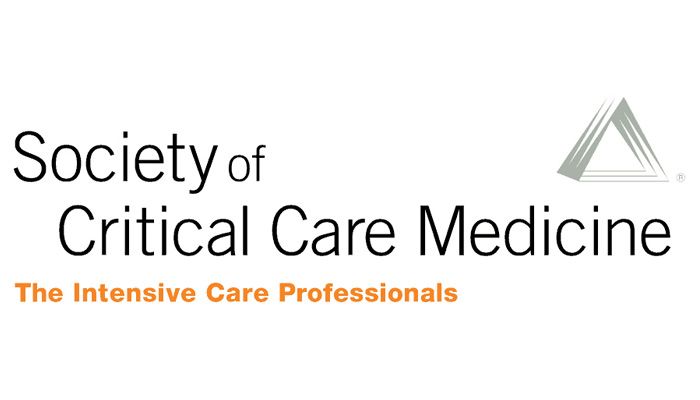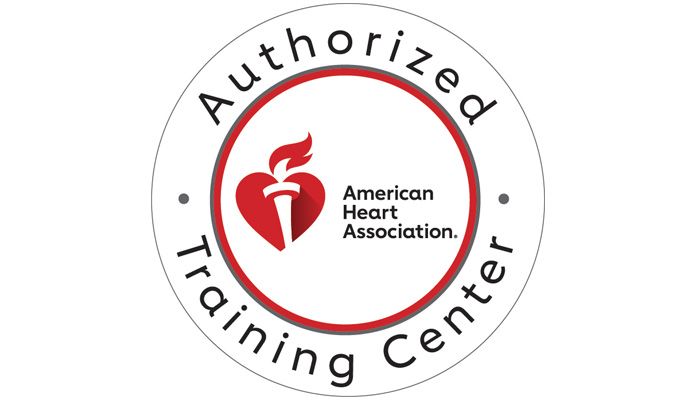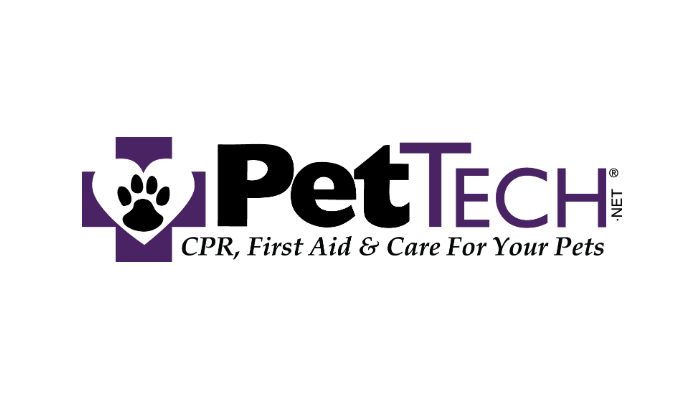
This training is designed for the general public within the community. No prior medical training is required for registration.
This class is not intended for healthcare providers requiring BLS certification.
Did you know...
- Less than 8% of people who suffer cardiac arrest outside of the hospital survive.
- Effective bystander CPR and AED use, provided immediately, can double or triple a victim’s chance of survival.
- About 80% of all sudden cardiac arrests happen at home. Performing CPR can mean the difference between life and death for a loved one.
*Statistics provided by the American Heart Association
The American Heart Association has designed Heartsaver courses for members of the community. These courses are intended for those who may need to provide care or assistance to victims of sudden cardiac arrest. In these courses, participants will learn how to recognize life-threatening emergencies, access the 911 system and provide critical, life-saving interventions to a victim prior to the arrival of an ambulance. These courses satisfy regulatory requirements for anyone who needs CPR or AED training.
Common participants of this course include babysitters, lifeguards, health and fitness staff, teachers, school administrators or employees designated as first responders within their workplace who may need credentialed training. If you are taking a course as a requirement for your job, please check with your employer, as some workplaces require a specific course from the American Heart Association.
Please select the Heartsaver classes below to view their descriptions:
- CPR & AED
-
This course is designed to teach the participant to recognize life-threatening emergencies, access the 911 system and provide critical, life-saving interventions to a victim in need prior to the arrival of an ambulance.
Goals of the Course:
Recognizing medical emergencies Accessing the emergency medical system Assisting a victim of choking Use of a pocket mask Giving chest compressions or CPR Use of an Automated External Defibrillator (AED)
- First Aid
-
This course is designed to teach the participant to recognize common medical emergencies, life-threatening emergencies, access the 911 system and provide critical, life-saving interventions as well as basic first aid to a victim in need prior to the arrival of an ambulance.
Goals of the Course:
Recognizing Medical Emergencies including breathing problems, heart attack, allergic reactions, fainting, diabetes and low blood sugar, stroke, seizures, heat-and cold-related emergencies and shock Recognizing and treating traumatic emergencies such as insect stings & bites, bleeding wounds, burns, electrocution and broken bones Accessing Emergency Medical Services Assisting a victim of choking
- First Aid with CPR & AED
-
The course is designed to teach the participant to recognize common medical emergencies, life-threatening emergencies, access the 911 system and provide critical, life-saving interventions as well as basic first aid to a victim in need, prior to the arrival of an ambulance.
Goals of the Course:
Recognizing Medical Emergencies including breathing problems, heart attack, allergic reactions, fainting, diabetes and low blood sugar, stroke, seizures, heat-and cold-related emergencies and shock Recognizing and treating traumatic emergencies such as insect stings & bites, bleeding wounds, burns, electrocution and broken bones Accessing Emergency Medical Services Assisting a victim of choking Giving chest compressions or CPR Use of an Automated External Defibrillator (AED)
- Pediatric First Aid with CPR & AED
-
This course is designed for members of the community who may be called upon to provide care or assistance to children within the community, but do not work in the occupational field of healthcare. The course is designed to teach the participant to recognize common medical emergencies, life-threatening emergencies, access the 911 system, and provide critical, life-saving interventions to a pediatric victim in need prior to the arrival of an ambulance. This is NOT a healthcare provider certification course.
Goals of the Course:
How to Interact with Children of Different Ages Basic Child Safety Tips Prevention of Sudden Infant Death Syndrome (SIDS) Being Ready to Respond to a Pediatric Emergency Checking the Child for Injuries and Illnesses Recognizing Medical Emergencies including breathing problems, diabetes and low blood sugar, seizures, heat- and cold-related emergencies, poisonings, fever, and shock. Recognizing and Treating Traumatic Emergencies such as insect stings & bites, head & eye injuries, bleeding wounds, burns, electrocution, and broken bones, sprains, and bruises. Suspected Child Abuse Accessing the Emergency Medical System (911) Assisting a Victim of Choking Giving Chest Compressions, or CPR Use of an Automated External Defibrillator (AED)
- Bloodborne Pathogens
-
The course is designed for members of the community who may come into contact with blood or other body fluids in the function of their daily jobs and teaches the participants basic safety principles, exposure, and clean-up protocol surrounding blood and other potentially harmful body fluids. This course satisfies the general Occupational Safety & Health Administration (OSHA) requirement for bloodborne pathogens training as well as site-specific requirements.
Goals of the Course:
Be able to define and provide examples of bloodborne pathogens Learn how to protect yourself from exposure to bloodborne pathogens How to take action in the event of an exposure How to clean up after an exposure Proper documentation and reporting procedures Site-specific protocols and procedures (OSHA Form 300)
Common participants of this course include health and fitness staff, industrial workers, occupational health offices, hospitality services, cleaning services, police and private security officers, healthcare workers, tattoo artists and piercers, and general office administrative staff.
The Training Center offers group courses specifically for organizations. We can send an instructor and all necessary equipment to your workplace to train a group of individuals. For more information about group courses, please see the link below:
The Training Center is proud to offer CPR Anytime kits for purchase. These kits, listed below, are self-directed learning kits that allow you to learn CPR at home! For more information about these CPR Anytime kits, please click the link below:

If you are seeking a private class for non-healthcare professionals, The Department of Emergency Medicine Training Center will utilize the American Heart Association’s “Heartsaver” courses to deliver the requested training. These courses are modular and will include the latest CPR and AED guidelines for adults, children and infants. Per request, first aid can be added as an additional module. The Heartsaver AED course is approximately 4 hours and the Heartsaver First Aid course is approximately 4 hours. The combined Heartsaver First Aid is a full day, approximately 8 hours.





